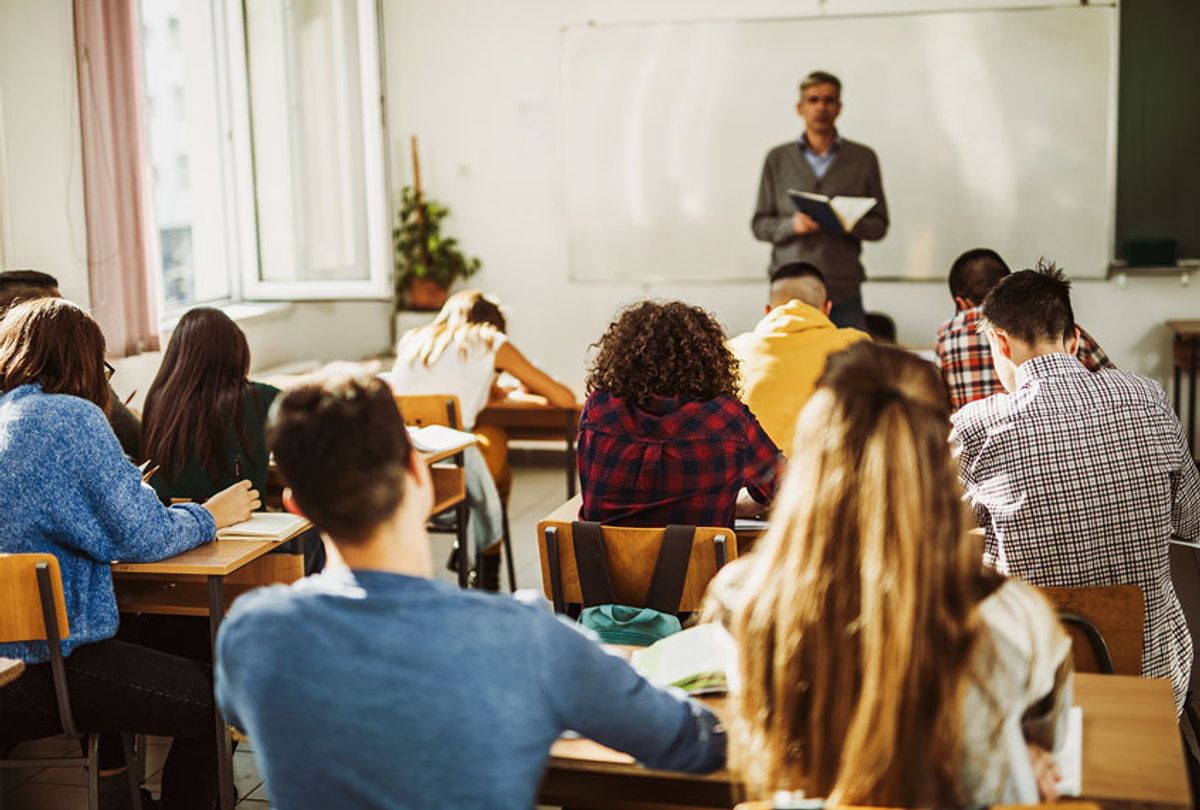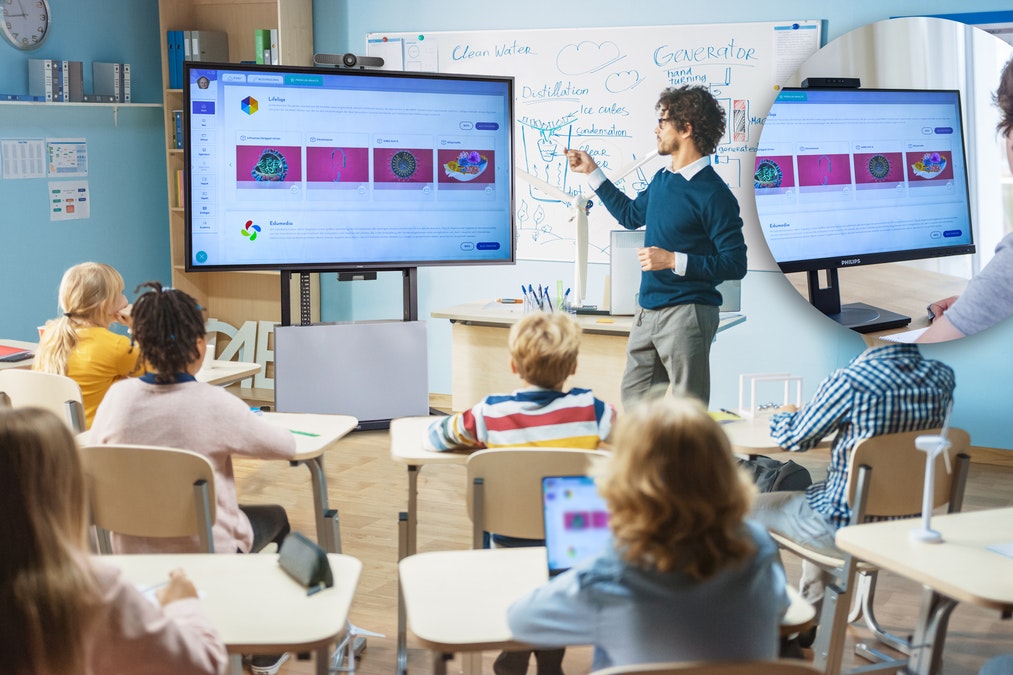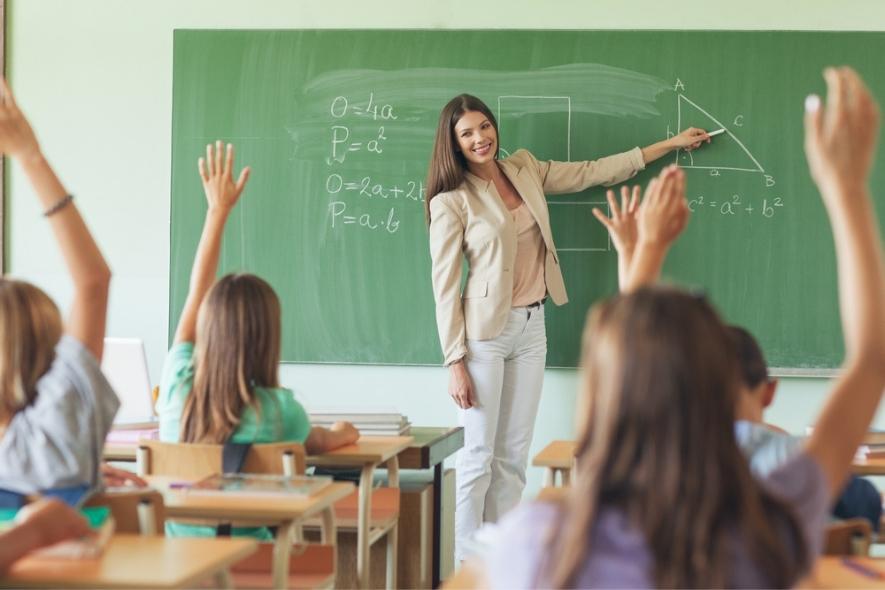Discovering the Various Mentor Methods in Primary Science Education And Learning Today
The landscape of key scientific research education and learning is progressing, with different mentor methods acquiring prominence in contemporary classrooms. Inquiry-based learning, hands-on experiments, and the assimilation of modern technology are redefining exactly how educators involve young minds. Furthermore, collective techniques and distinguished instruction are being employed to provide to the varied requirements of students, boosting both involvement and understanding. As we take a look at these techniques, concerns develop about their effectiveness and the effects for future instructional techniques. What might these shifts in method mean for the next generation of learners?
Inquiry-Based Knowing
Inquiry-Based Knowing (IBL) is an instructional approach that urges trainees to discover scientific ideas via doubting, examination, and hands-on experimentation. This technique stresses the duty of students as active participants in their discovering, advertising crucial thinking and analytical abilities. By involving with real-world questions, trainees end up being determined and interested, which enhances their understanding of scientific principles.
In IBL, instructors function as facilitators, leading pupils as they browse their inquiries as opposed to providing details directly. This student-centered approach permits distinction, fitting numerous finding out paces and styles. Students develop skills in formulating hypotheses, developing experiments, and evaluating information, which are crucial for clinical proficiency.
In addition, IBL cultivates cooperation among pupils, encouraging them to share ideas and findings. This cumulative questions advertises social abilities and a sense of community within the class. The procedure of query urges strength, as trainees learn to welcome failure as a tipping rock toward understanding.
Hands-On Experiments
Hands-on experiments are a vital part of effective scientific research education and learning, complementing the concepts of inquiry-based knowing. These experiments allow pupils to engage straight with scientific principles, promoting a much deeper understanding with experiential learning. By adjusting materials and observing outcomes, young learners can grasp abstract concepts in concrete ways.
Such tasks promote crucial reasoning and analytical skills, as pupils hypothesize outcomes, conduct experiments, and assess results. This procedure motivates them to ask questions, fine-tune their understanding, and develop a scientific state of mind. Furthermore, hands-on experiments can be customized to varied knowing designs, guaranteeing that all trainees have the opportunity to involve meaningfully with the web content.
Additionally, hands-on experiments often encourage partnership among peers, advertising team effort and interaction abilities. Operating in teams makes it possible for students to share ideas, discuss findings, and gain from each other, which improves their general academic experience.
Integrating hands-on experiments into the main science curriculum not only enhances the learning atmosphere however likewise cultivates a lifelong interest in science. By proactively taking part in their education and learning, pupils are extra most likely to establish an enthusiasm for scientific inquiry that expands past the classroom.

Technology Integration
Integrating technology into key scientific research education and learning has actually ended up being progressively necessary in cultivating pupil interaction and improving discovering results. Making use of electronic devices, such as interactive simulations, online labs, and educational software program, supplies trainees with opportunities to discover clinical concepts in innovative means. These sources help with a deeper understanding of intricate topics by allowing students to picture and manipulate variables that would certainly be not practical in a conventional classroom setup.
Furthermore, technology assimilation motivates individualized read this article discovering experiences. Students can proceed at their own rate, reviewing challenging principles with multimedia resources, which accommodate different learning designs. This flexibility not just supports specific growth yet likewise cultivates a feeling of autonomy in students.
Furthermore, technology acts as a bridge to real-world science, attaching trainees with present research study and professional contributions. Accessibility to on-line databases and clinical journals widens pupils' point of views on clinical query and fosters vital believing skills.
Collaborative Learning
Collaborative understanding plays a crucial role in primary scientific research education by promoting synergy and interaction skills among trainees. This technique urges learners to interact, share expertise, and engage in analytical, which enhances their understanding of clinical concepts. By taking part in group activities, pupils discover to express their ideas, pay attention to varied perspectives, and discuss options, every one of which are vital abilities in both real-world and scholastic contexts.

Research study suggests that collective learning can cause increased inspiration and engagement in science topics, as students discover satisfaction in shared experiences (primary science tuition Singapore). Furthermore, this strategy prepares students for future collective undertakings, equipping them with the skills needed for reliable teamwork in greater education and learning and professional environments. Eventually, welcoming collaborative knowing in main scientific research education and learning can substantially improve the learning experience and advertise a much deeper understanding of clinical questions
Distinguished Direction

Separated direction imp source can show up in numerous ways, such as differing the content, procedures, or products of knowing. As an example, educators might make use of tiered tasks that offer differing degrees of complexity, enabling pupils to operate at their corresponding readiness levels. In addition, flexible organizing strategies can facilitate partnership amongst students with different capacities, fostering peer knowing.
Assessment plays an essential role in this approach, as it notifies instruction and helps educators recognize each trainee's one-of-a-kind requirements. Developmental analyses, such as tests and observations, can direct educators in adjusting their techniques to enhance discovering results. primary science tuition Singapore. Inevitably, by implementing distinguished guideline in key science education and learning, teachers can grow a more efficient and fair learning setting, empowering all trainees to reach their full capacity in recognizing scientific sensations
Conclusion
In summary, the diverse training methods in primary scientific research education and learning, including inquiry-based learning, hands-on experiments, technology integration, joint learning, and set apart instruction, jointly add to a much more reliable understanding environment. These methods advertise critical thinking, problem-solving skills, and a deeper understanding of imp source clinical concepts. By carrying out these methods, teachers can create helpful and interesting class that deal with the different needs of students, eventually promoting a long-lasting rate of interest in scientific research and enhancing academic success.
Inquiry-Based Understanding (IBL) is a pedagogical method that urges trainees to discover scientific ideas through wondering about, investigation, and hands-on trial and error.Collective learning plays a vital duty in main scientific research education and learning by cultivating team effort and communication skills amongst students.Research study shows that collaborative discovering can lead to raised motivation and interaction in science subjects, as pupils find pleasure in common experiences.In promoting a comprehensive understanding setting, separated guideline arises as an essential strategy to accommodate the varied needs and capacities of trainees in main science education and learning. Eventually, by executing differentiated guideline in key scientific research education, educators can grow a more efficient and equitable learning environment, equipping all trainees to reach their complete possibility in comprehending clinical sensations.